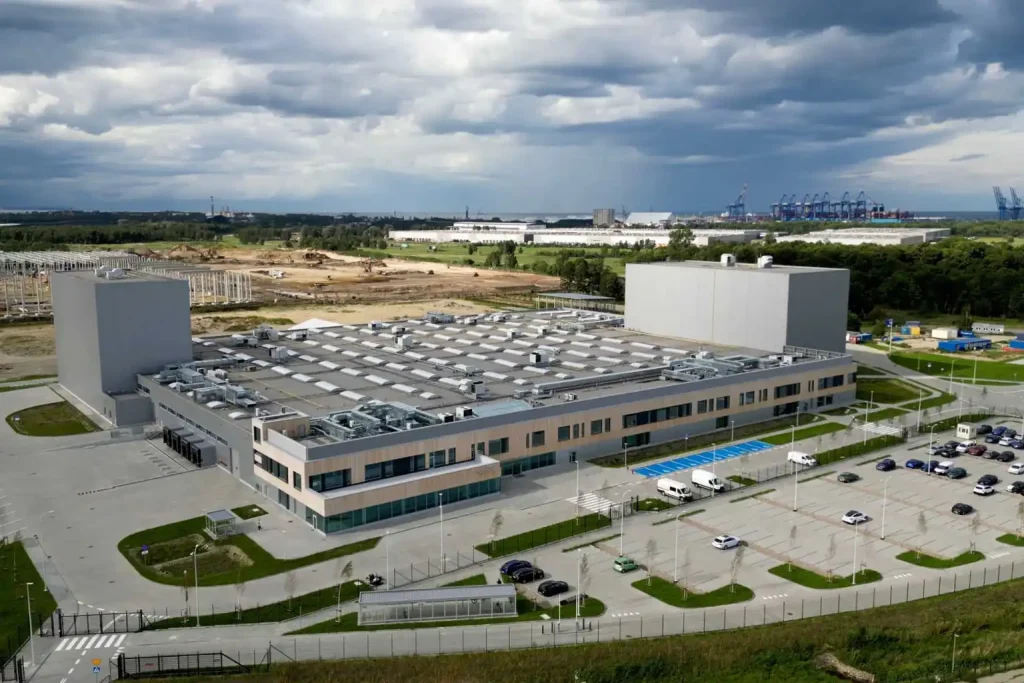By repurposing Northvolt’s flagship Dwa factory in Poland, Lyten isn’t just chasing scale—it’s betting the future of lithium‑sulfur will outflank giants shackled by brand‑new gigafactory gambles. The 270,000 ft² plant, once poised to deliver up to 12 GWh of battery‑energy‑storage systems, instead became a pawn in Northvolt’s bankruptcy chessboard. Lyten swooped in, closing the deal in Q3 2025, and plans to fire up production immediately, leapfrogging years of construction and hundreds of millions in capital outlay.
This brownfield playbook isn’t theoretical. In 2024, Lyten converted Cuberg’s Bay Area lithium‑metal lines into the first commercial lithium‑sulfur pilot, proving that repurposed assets can meet rigorous performance demands. Now, the stakes are higher: Dwa started at 5 GWh in 2023, and its automation, grid‑tie infrastructure, and workforce of 300 technicians are primed for a lithium‑sulfur makeover. For a company racing against a projected 200 GWh annual demand for stationary storage in Europe by 2030, every day of downtime is lost market share.
Industry watchers call it audacious. Conventional wisdom holds that building a new 5 GWh plant costs $200–$300 million and takes two to three years. Lyten’s acquisition likely shaved 18 months—and at least $100 million—off that timeline. Even more provocative: Europe’s electrolyzer makers are facing order backlogs and sit idle, while battery startups scramble for financing. Lyten’s model flips the script: scour bankruptcies, buy existing lines, retrofit chemistry, and strike while demand surges.
That surge arrived in Q1 2025. Data‑center operators—spooked by tariffs on Chinese imports—and developers racing to shore up resilience after recent grid outages created a sudden spike in stationary‑storage orders. Lyten’s onshore Bay Area supply chain gave it instant credibility, and now its Polish foothold promises local content for EU tenders. As the company’s chief sustainability officer admitted, market volatility spurred by shifting trade policy became Lyten’s catalyst.
Yet lithium‑sulfur isn’t a silver bullet. Its theoretical energy density—up to 400 Wh/kg—dwarfs lithium‑ion, but cycle‑life and high‑rate performance still lag. Early tests show 1,000 cycles at 80 percent depth of discharge, acceptable for grid peakers but marginal for heavy EV duty. Converting Dwa means reconfiguring cell‑assembly modules and upgrading electrolyte systems, plus installing advanced thermal controls to manage sulfur’s narrow temperature window. If Lyten stumbles on integration or yield rates fall short, cost advantages evaporate.
Meanwhile, rivals smell opportunity. CATL and other battery behemoths eye brownfield sites across Europe, buoyed by state‑backed funds. They’re watching Lyten’s move closely—if the startup can hit 3 GWh of output by year‑end, it will rewrite the competitive playbook. And Lyten isn’t stopping at stationary storage: it has its sights on EVs, with plans to secure automotive approvals by 2028. Nestled near Germany’s auto clusters, Dwa could evolve into a dual‑market powerhouse.
Risk, however, isn’t limited to technical hurdles. European pension funds, burned by stranded assets, now demand subsidy certainty. Germany’s hydrogen retrenchment—cutting 67 percent of its green‑hydrogen budget—sends a chilling message about policy volatility. Lyten counters by diversifying acquisition targets: dozens of under‑utilized gigafactories in both Europe and the U.S. sit under the watchful eye of its M&A squad. Each potential takeover represents both promise and peril—different grid codes, labor laws, and local incentives must align seamlessly.
But if Lyten’s scavenger strategy pays off, it could inaugurate a new era: a leaner, more adaptive manufacturing model that thrives not on sprawling brownfields but on them. In a sector roiled by overcapacity fears and red‑ink rounds, turning yesterday’s failures into tomorrow’s gains is as provocative as it gets—and exactly what Lyten is banking on.
